Bonjour guys,
I've been reading post about installing catch can on a Viper.
I like the idea (and the purpose of it) but would like to know if anything can go wrong with a catch can installed.
Any danger for the car or chances to get error code from the OBD??
If I go that route, should I pay the big $$$ or a regular eBay type would do the job??
Thanks again for your help.
Ben
Results 1 to 12 of 12
Thread: To catch can or not
-
04-08-2015 #1Enthusiast


- Join Date
- Oct 2014
- Location
- CANADA
- Posts
- 389
To catch can or not
-
04-21-2015 #2Enthusiast


- Join Date
- Dec 2013
- Location
- Franktown, CO
- Posts
- 203
Hello Ben!
I vote YES to your question of catch can or not.
My car had a catch can of sorts when I first bought it several years ago. Due to some radiator hose re-routing, it had to go. It didn't seem like it did much anyway, so off it went. I've been noticing some spare oil at the airbox where the "makeup tube" connects, and have been in communication with a vendor for a solution, but have not received/installed anything yet. Last weekend was my first track days of the season, and here is a pic of what the airbox looked like today: NOT GOOD!
Photo 16.jpg
This catch can will be used to separate the oil coming from the crossover tubes from the end of the valve covers, which tee and terminate to the airbox shown in the photo.
I also removed and inspected the PCV crossover tubes in the center of the intake runners. I have not serviced this area for several years, and although the rubber lines are starting to harden a bit, there is not a lot of oil/gunk that seems to make it into the intake via this tract. Certainly not as much as is coming from the valve covers. Here's a pic of the PCV area, with the q-tip I used to clean the inside of the tubes/hoses and around the area. Not too much gunk compared to the first pic.
Photo 22.jpg
So, the plan should be finalized tomorrow for the unit I'm purchasing. Without getting into trouble and providing a vendor, it's much smaller in profile than other models I've seen posted on these boards, and it will cost < $120. Send me an e-mail if you need to know more specifics. I'll hope to have an update soon, complete with solution pics.
What have you decided to do??
Mike
-
04-23-2015 #3Enthusiast


- Join Date
- Oct 2014
- Location
- CANADA
- Posts
- 389
I had the same "oil residue" in my air filter box, that is why I was asking and trying to find some info about it.
So far, I am leaning towards installing a catch can in the CCV with a "cheap" eBay catch can.
I am going to my Viper technician next month ( if I can get nice weather) and see what he has to say about that.
I'll keep you posted.
Thanks for your input.
Ben
-
04-29-2015 #4Enthusiast


- Join Date
- Apr 2015
- Location
- Buffalo, NY
- Posts
- 17
You don't need it. I wouldn't bother wasting the space and money.
-
05-04-2015 #5Enthusiast


- Join Date
- Dec 2013
- Location
- Franktown, CO
- Posts
- 203
Sorry for hijacking your thread, Ben...
I was only home for 36 hours this weekend before more travel for work. I arrive home late Friday and am hopeful to be attending a track session on Saturday. I disclose these personal facts to reveal that I had limited time to "do the job right".
That being said, here's a few pics of the newly received catch can:
image.jpg
image.jpg
Several thoughts and questions for the Viper Nation...
My bracket was hastily fabricated, as you can see. Unit comes with a flat bracket, which mounts on top.
Other posts indicate the catch can should be below the hoses to allow gravity to do its thing. Plenty of oil was captured by my air cleaner, so I'll see how this works out short term. Longer term goal is to mount unit lower with supplied bracket which won't require removing my fancy hose clamp to empty the can.
Looks like the optimal location for the can will be on the passenger side, not drivers side. The crossover tube from the valve covers intersects and exits on drivers side - can I just flip this tube and connections so the exit is on passenger side? Does one side of the engine contribute more oil than the other? Usually the side with the PCV will contribute more, but this is not a PCV catch can... Only one input back into the air box, on the drivers side, so some hoses will need re routing regardless.
Can seems well built, and the vendor was very helpful with answering questions. To stay out of trouble, I won't name names, but if you look closely you can see who I ordered it from. $119 including shipping.
The can is smaller than other units I've seen, but I like the small profile. I'll have to check the contents regularly to get an idea of how full it gets.
That's it for now. More pics to hopefully come after Saturday's track session!
-
05-04-2015 #6Enthusiast





- Join Date
- Oct 2013
- Location
- Up The River..[Columbia River Gorge near Portland OR]
- Posts
- 3,726
You did not say the YEAR OF THE VIPER so all readers here have to ASSume you posted in the correct section.
You don't 'need' a G2 catch can if you -only- drive on the street, and don't brake aggressively.
Things that make a G2 NEED a catch-can:
1) You tend to over-fill the Viper, not knowing that the "ADD" mark on dip stick is TWO Qts low!
2) You track or autocross your car, especially on R-compound tires, with a performance alignment.
3) You are an intermediate-advanced driver with upgraded brakes that you use to the fullest.
And NO a can will not throw a CEL....but puking a few drops of oil into your throttle body under hard braking COULD!
PS. The cheap-O cans with a T-splice work just fine. Back in the days of 35mm film cameras, I made them out of film canisters! Easy to Make, install, inspect, and clean.
-
05-05-2015 #7Enthusiast


- Join Date
- Oct 2014
- Location
- CANADA
- Posts
- 389
Thanks for all your input guys.
Sorry I forgot to mention details about my Viper...
I am not planning on tracking her this summer, maybe next summer.(once or twice )It is my first supercars so every possible questions a newbie can have, I have. Pretty big deal when the most performant car you owned is a 1988 Ford Mustang and finally getting your dream car and it happened to be a Viper.
I read every post in here and really love the way I am treated.
To come back to the catch can, since most of my driving is done in a very well matter way, I will stay away from the catch can.
Thanks for your input.
Ben Lemay
1997 red R/T 10, smooth tube, K&N air filters and Borla catback exhaust.
-
05-10-2015 #8Enthusiast


- Join Date
- Dec 2013
- Location
- Franktown, CO
- Posts
- 203
Snow today = no track event = no catch can update
image.jpg
You'll change your mind about the track soon enough, Ben.
All you need is a taste, then you'll be hooked...
-
05-10-2015 #9Enthusiast


- Join Date
- Dec 2013
- Location
- Franktown, CO
- Posts
- 203
Some "Sunday Traffic" cockpit video from a couple of weeks ago when it wasn't snowing:
Other voice is my assigned driving instructor for the event.
-
05-10-2015 #10Enthusiast






- Join Date
- Oct 2013
- Location
- South of London, Surrey
- Posts
- 7,577
The way I drive my car 100% YES to fit a catch can.
-
05-11-2015 #11Enthusiast


- Join Date
- Oct 2014
- Location
- C Building, Tier 2, Red Wing #4
- Posts
- 57
Installing a Crankcase Breather System “Puke Tank” – Photos and Guide
This is a simple, straightforward project that attends to a potentially harmful condition that can occur with some Viper engines putting out more than stock horsepower. The condition occurs with mostly forced induction (supercharged, turbocharged) engines under heavy load. During hard acceleration, enough cylinder pressure develops that aspirated oil vapor is forced past the piston rings. This oil vapor is called “blow-by” and it disperses throughout the valve covers. The central issue is that the oil vapor makes its way into the valve cover breather lines and back into the stock air cleaner. In other words, oil vapors get sent back into the air cleaner box, (behind the air filter!) to be sucked into the throttle bodies and sent back into the intakes. Aside from destroying the air quality of the air filter box for all the various elements that draw from it, this condition ruins the Air/Fuel mix (poor tune and/or detonation) and sends harmful combustion by-products into your intakes, promoting wear and tear on your engine. There is another important role that these systems provide, not long ago I witnessed a very interesting event. An engine at an event last fall had developed some real engine problems and, after the owner drew off the oil vapor residue from his “puke-tank”, there was what appeared to be radiator fluid in the “mix”. In this case, a “puke tank” fluid inspection had revealed bigger engine issue and I was sold on the idea of a breather tank.
There are a good number of breathers and tanks available. All of them allow the excess oil vapor pressure out of the valve covers, capturing and separating the spent oil vapors, providing for the means to drain off these oil liquids and, most importantly, keeping all of this away from the air cleaner. As some engines produce much more “blow-by” than others, tanks come in a variety of sizes, styles and mounting locations. In all but one style, the excess pressure is relieved by the use of an air filter/breather that allows the gas to escape to the atmosphere while keeping (and collecting) the resulting oil liquids in a drainable tank. The style that doesn’t do this is the simple valve cover filter (Moroso style), that allows the vapors to exit the valve covers, but keeps the oil residue in the valve covers to work there way back. These low cost filters work, but under pressure can blow some fine oil mist out on your engine. Also, without blocking off the valve cover breather line to the air filter, there is still a solid chance of oil vapors getting to the air box.
The cost of these solutions run from the simplest and familiar valve cover breather to expensive custom made stainless steel units, figure anywhere from $9 to $250. If one looks closely at the photos, you will see them mounted on right or left fender wells and all over the engine bay frame.
Before I installed my supercharger, I used Sean Roes valve cover breather that uses the stock oil filler position on the valve cover. This unit allows for proper venting and still provides for a means to add oil to the engine.
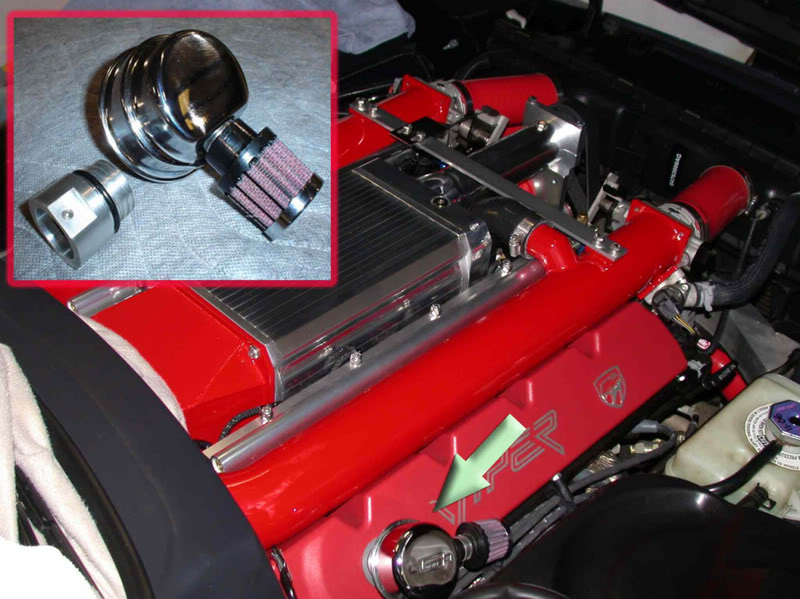
With a supercharger installed, Roe Racing’s (http://www.roeracing.com) advice is to block off the valve cover to air cleaner return and attend to providing a collection tank. I had seen a number of various solutions being used. I did not want to drill my stock valve covers (1.25” hole is common) to mount another device, rather I wanted to use the stock vent lines. I decided to go with Performance by Joe’s, PNJ (http://www.performancebyjoe.com ) custom made unit, colored in Roe Racing S/C red.
Here is a shot of a typical valve cover vent tubing run between the valve covers and the IAC, all leading back to the stock air filter housing return, This is where we are going to block off the air filter housing.
Here is a shot of the existing vent system. Whether your engine is supercharged or not, the runs will be pretty much the same.
Driver side…..
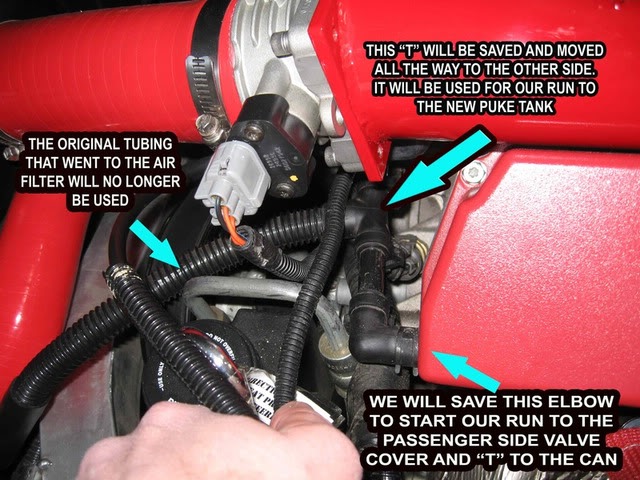
Passenger side…..
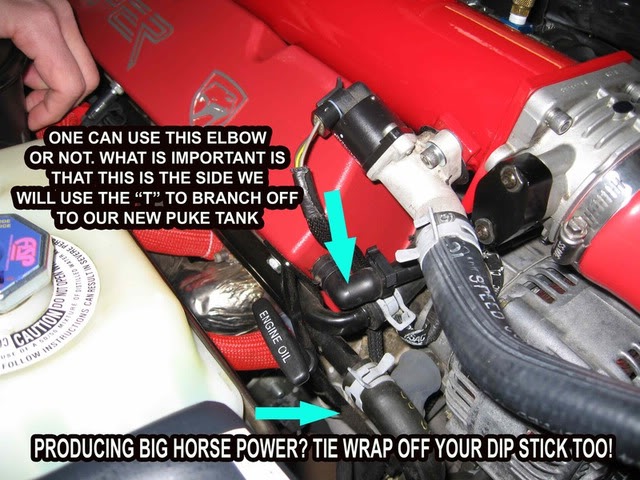
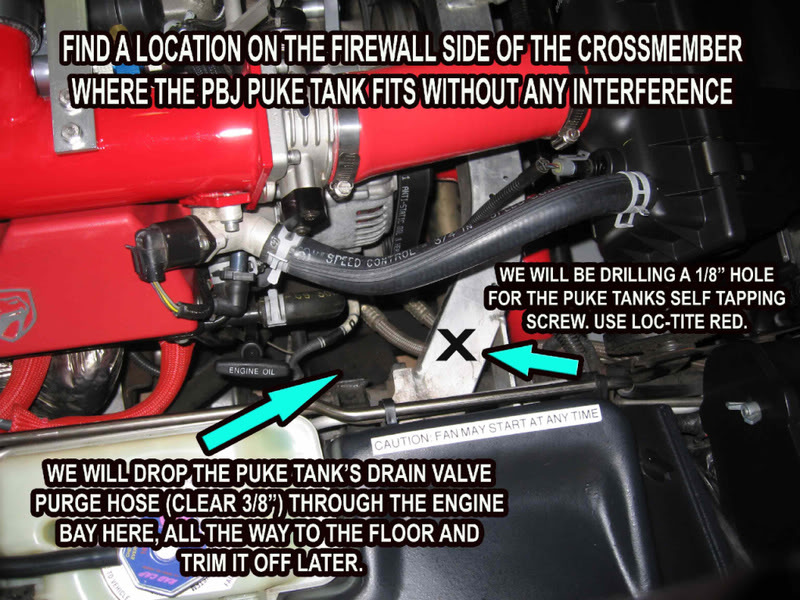
Here are the parts. Everything is included except the clear 3/8” tubing used to get the drainage down through the engine bay all the way to the floor. One does not need this, but it is a simple way to get a kick tray under the car and keep the whole operation clean.
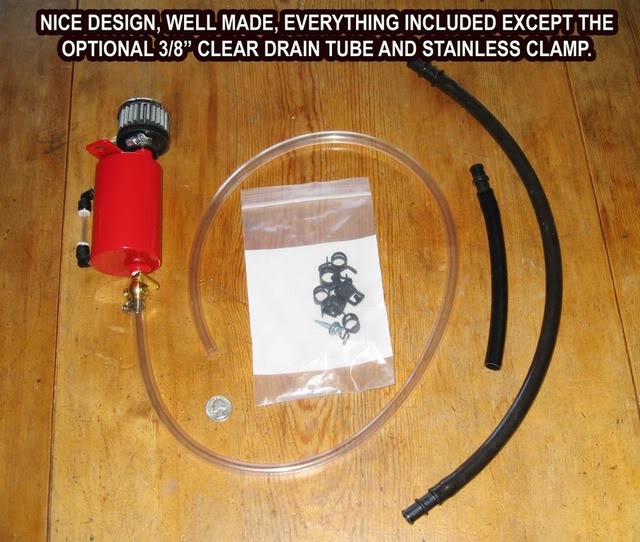
How much gunk is in your tank? The side mounted “sight tube” give you a view as to capacity left. Gen II Vipers, in good shape will take a good while to fill this up driving around town.
Remove the original breather tube system. I departed slightly from PBJ’s original directions as this was going on a Roe Supercharged engine. I kept one (1) 90 degree elbow and the “T”
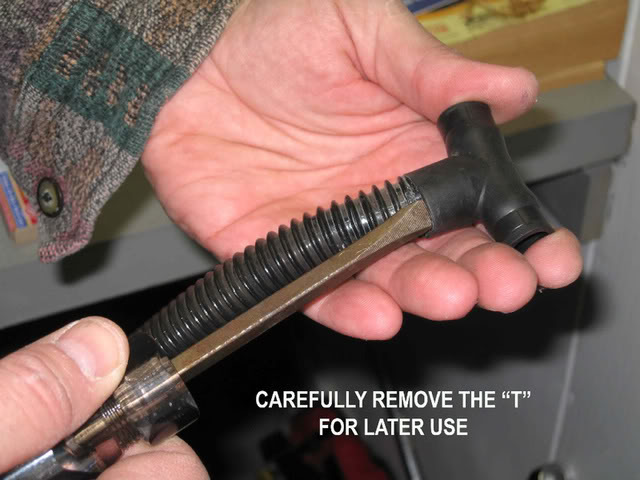
I also did not use the perfectly adequate spring clips that PBJ comes with. I opted instead to use NAPA stainless hose clamps. I used seven (7) of the #705-1170 and two (2) of the slightly larger 705-1171 stainless clamps. I personally don’t like using the spring type retainers. Either will work well.
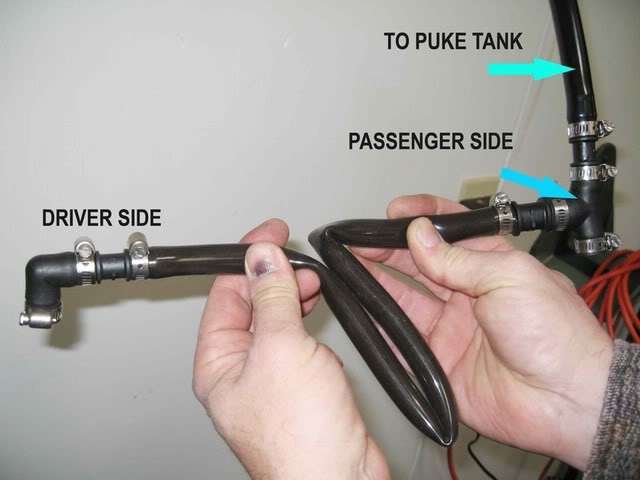
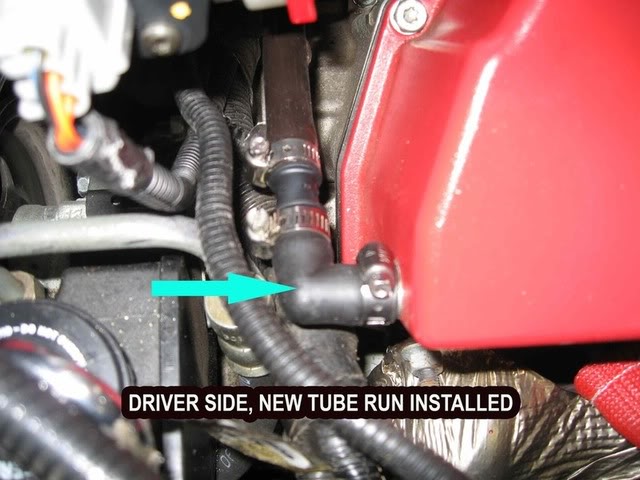

Mark the location of the puke tank, be sure and check for clearance all around the tank.
There is a grounding wire that can be loosened and moved out of the way and retightened. Drill a 1/8” starter hole as PBJ provides a nice self tapping screw with a rubber washer. I used Loc-Tite to finish fasten the tank down. This is aluminum so don’t over torque the screw. Feed the clear drain tubing down and mount the tank in.
Your almost all done.
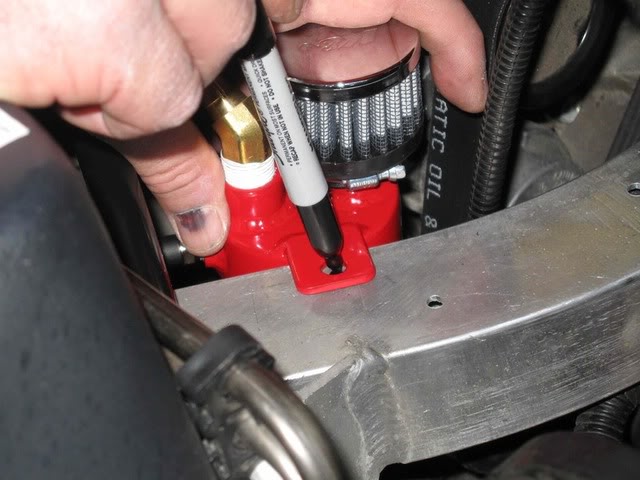
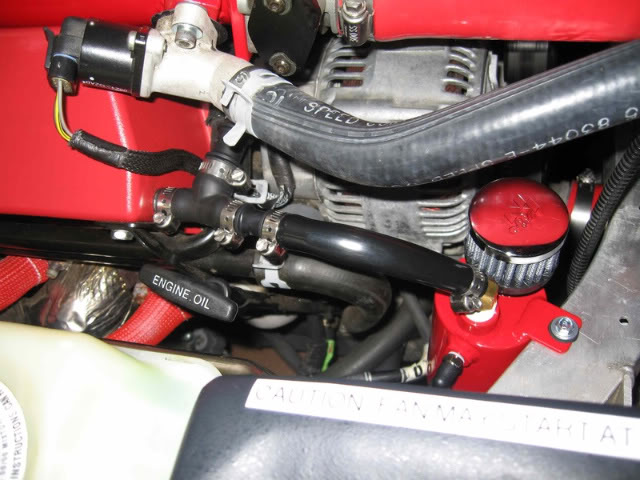
Lastly, be very sure there is no conflict with the new tubing and your throttle body arms.
I took the time to tie wrap the tubing low and out of the way.
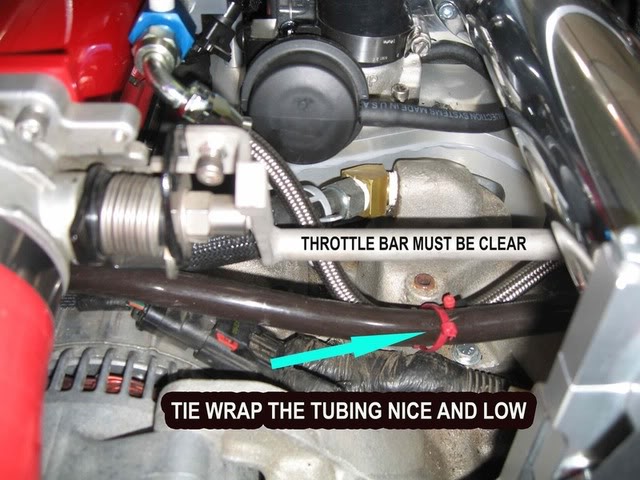
Your done. Now go and catch some can....Last edited by Damn Yankee; 05-11-2015 at 04:22 PM.
-
05-11-2015 #12Enthusiast






- Join Date
- Oct 2013
- Location
- South of London, Surrey
- Posts
- 7,577
Nice write up and info




 Reply With Quote
Reply With Quote
Bookmarks